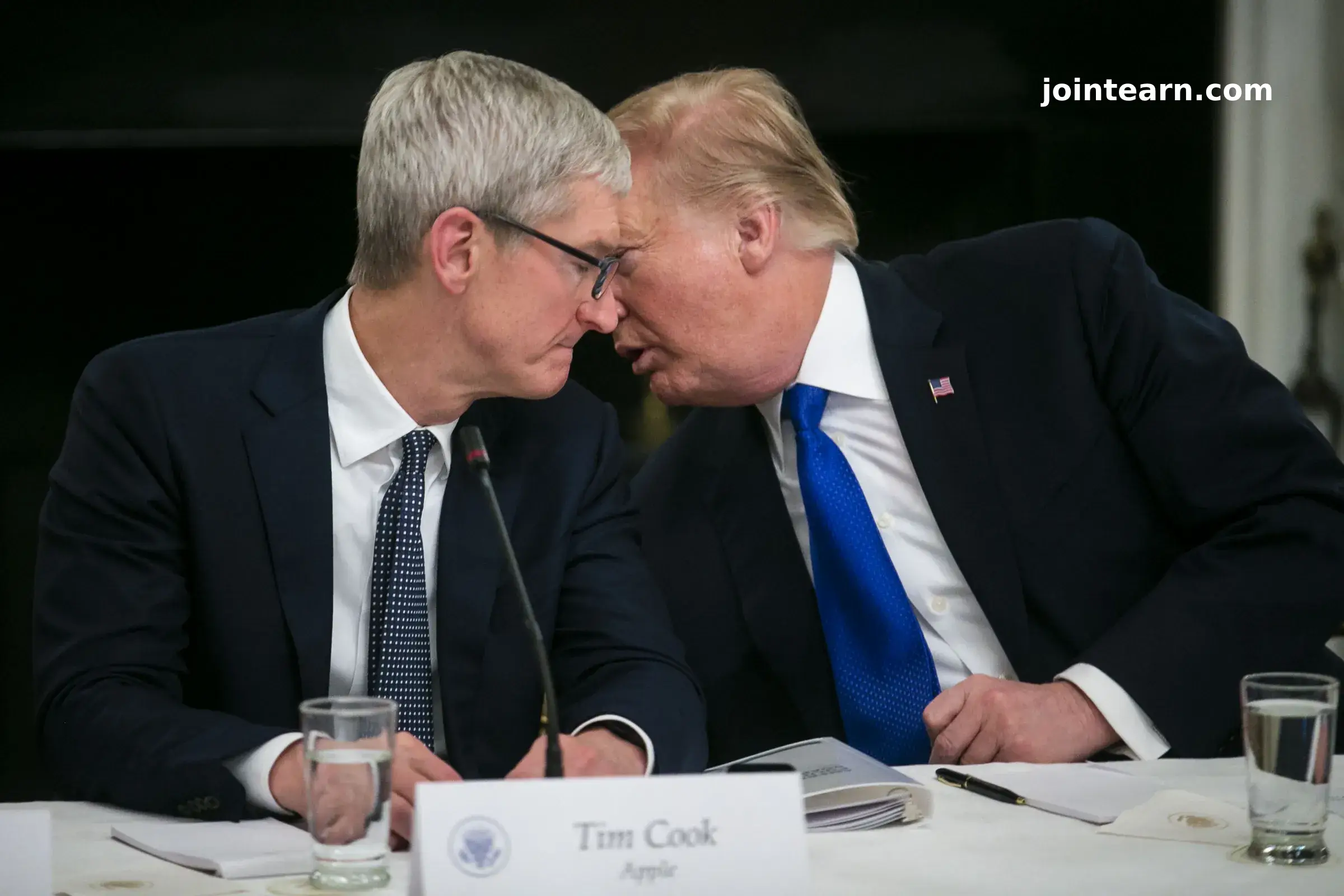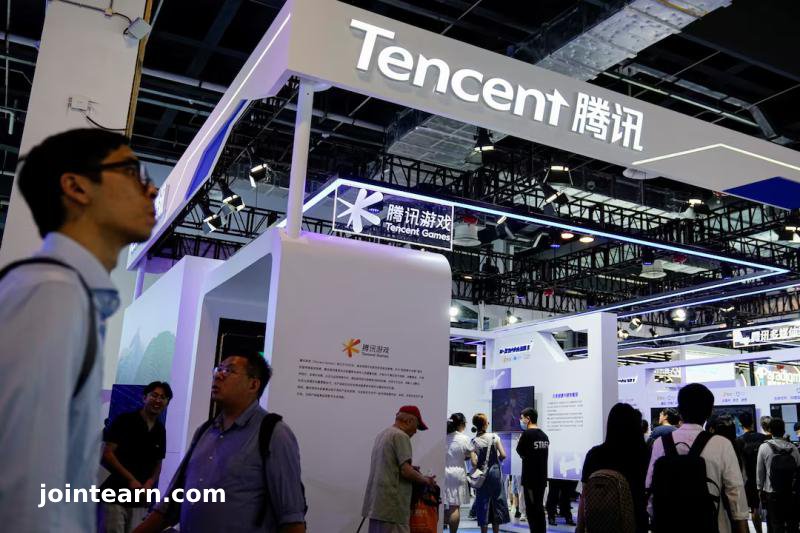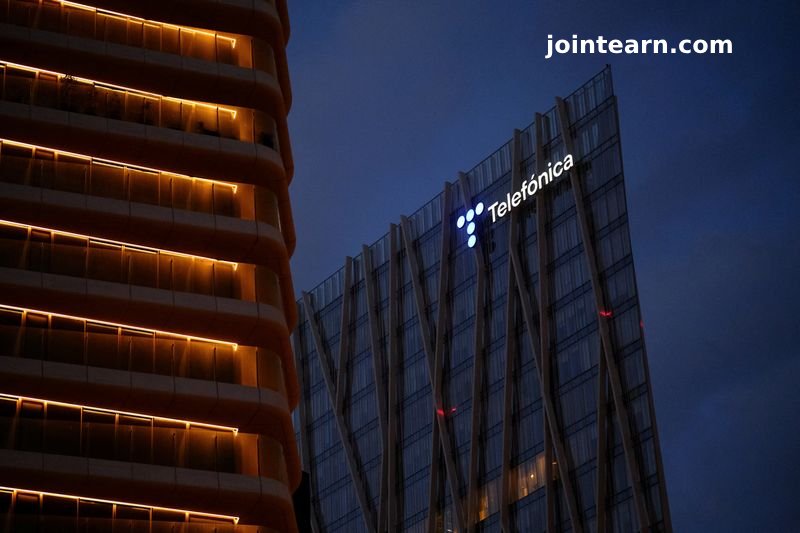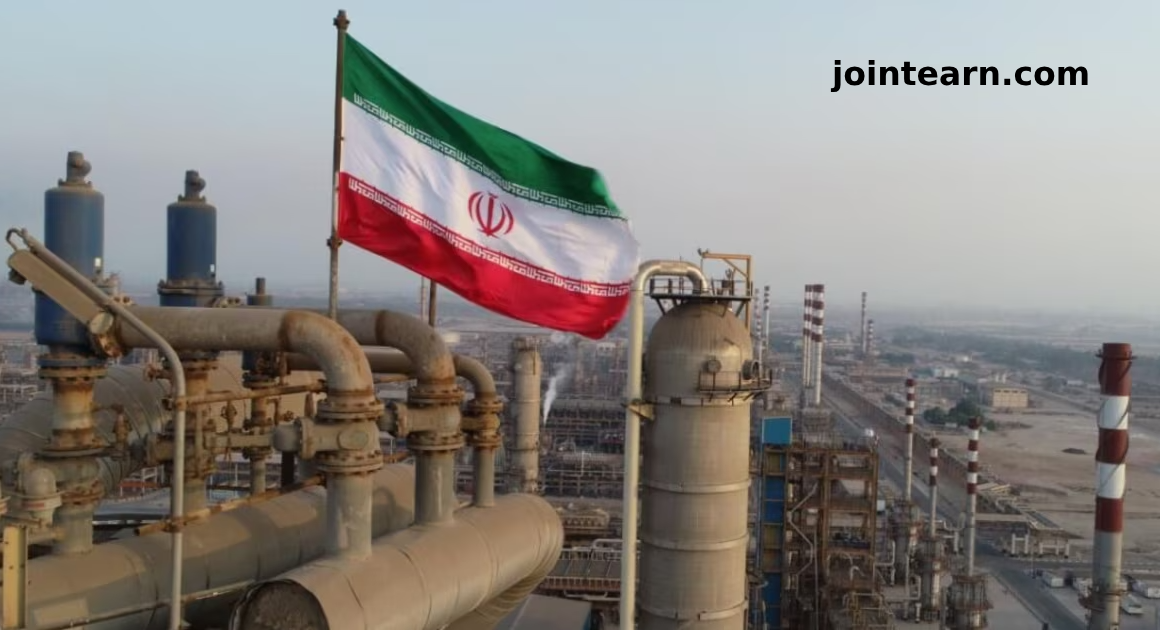Apple Inc. (AAPL) saw its stock price soar over 6% on Monday, adding an impressive $180 billion to its market capitalization. This sharp rise followed the announcement of a temporary U.S.-China tariff truce and a high-profile conversation between former President Donald Trump and Apple CEO Tim Cook.
Under the new agreement, the U.S. and China will slash their mutual tariffs from 125% to just 10% for a 90-day period, fueling optimism on Wall Street and triggering a broader tech stock rally.
Apple Stock Climbs After China Tariffs Cut
Apple’s stock jump pushed its total market value to approximately $3.15 trillion. This dramatic growth underscores investor confidence in the company’s global strategy and the easing of trade tensions between the two economic superpowers.
The broader stock market also rallied on the news, with the S&P 500 gaining 3.26%. Tech giants led the surge, with Apple and Amazon experiencing the strongest gains at 6.3% and 8.07% respectively.
Wedbush analyst Dan Ives hailed the development as a “best-case scenario,” predicting that continued progress in U.S.-China trade negotiations could drive tech stocks, including Apple, to new all-time highs in 2025.
Trump and Tim Cook Discuss Apple’s U.S. Investment Plans
Trump revealed that he personally spoke with Apple CEO Tim Cook following the agreement. In a statement from the Oval Office, Trump said, “I spoke to Tim Cook this morning… he’s going to be building a lot of plants in the United States for Apple.”
Cook previously committed to a $500 billion investment in Apple’s U.S. operations—a major push to localize parts of Apple’s supply chain, which has long been based in China.
Apple’s China Supply Chain Still Faces Tariff Challenges
Despite the reduced China tariffs, Apple remains vulnerable to ongoing trade tensions. Much of Apple’s product manufacturing—including iPhones, iPads, and Apple Watches—is based in Asia. Apple continues to face a 10% tariff on goods assembled in India and Vietnam, and Beijing-manufactured components will still be subject to a 30% charge.
Earlier in 2025, Apple products like iPhones and MacBooks were granted relief from the most severe 145% tariffs. However, analysts at Morgan Stanley previously estimated that tariffs could cut Apple’s profits by 7% annually, translating to a potential $8.5 billion loss.
Apple is also reportedly considering a price hike for its upcoming iPhone lineup, though the company is cautious to avoid direct blame on U.S. tariffs.
Conclusion: Apple Benefits From U.S.-China Truce, But Uncertainty Remains
The recent tariff rollback and Trump-Tim Cook dialogue have given Apple a much-needed boost. However, as Apple navigates shifting global trade dynamics and restructures its supply chain, it faces both challenges and opportunities in 2025.
With $180 billion added to Apple’s market cap in a single day and continued focus on expanding U.S. operations, the tech giant remains a key player in the evolving landscape of global trade and tech manufacturing.












